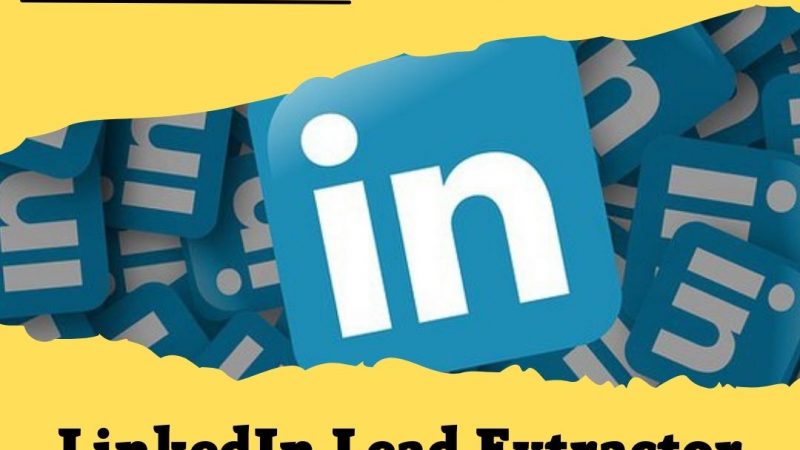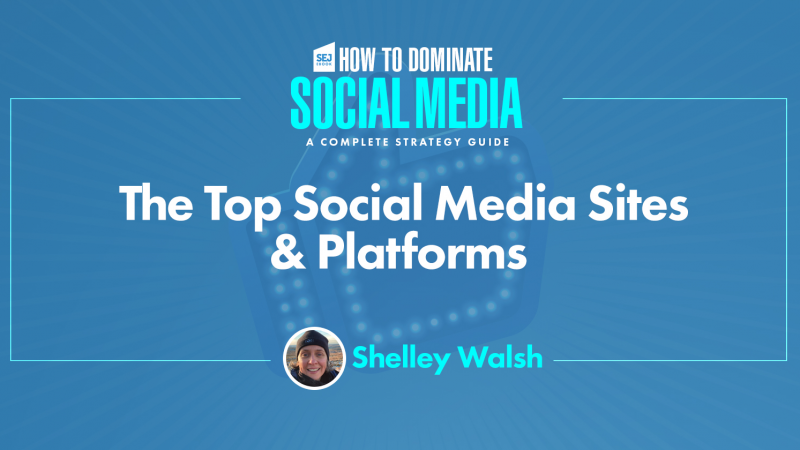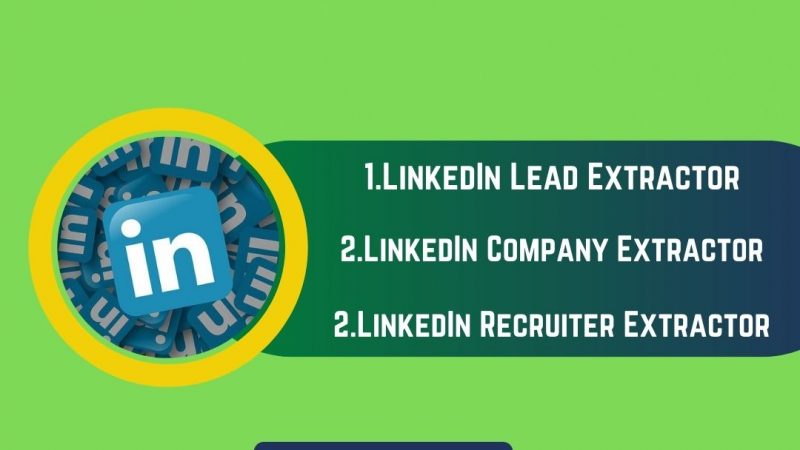10 SEM Strategies Transform a Business’s Digital Marketing Campaign

Search engine marketing (SEM) is a digital marketing strategy that is useful to enhance a website’s visibility on various search engines such as Google, Bing, and Yahoo and run several kinds of advertisements on the search engine results pages.
Due to their accuracy and cost-effectiveness, SEM services are gaining popularity among all types of businesses, including B2B and B2C companies. As per data, nearly 60 percent of B2B companies use SEM and most of them attribute their success to some effective strategies. This blog post discusses the ten SEM strategies that can help businesses increase their efficiency and boost their marketing campaign.
1. Long-tail keywords
Google Ads require bidding on specific search queries or keywords. A bid signifies the money a business is willing to pay for one click on a certain keyword in Google ads. When users type the exact or similar keywords, then the search engine displays them the ads. If a business uses short-tail or vague keywords, then the targeting becomes weak as it does not match the user intent. In the case of long-tail keywords, the targeting becomes strong due to high search intent. For instance, if a business is selling sofa cushions, it should target “sofa cushions for wooden sofa,” “sofa cushions with a zip cover,” “sofa cushions made with foam” instead of using “sofa cushions.” A professional digital marketing company can help in finding out high-quality long-tail keywords.
2. Check the quality score
Quality Score is a metric that search engines including Google, Bing, and Yahoo give to advertisement campaigns to show what the content, clickability, and ad rank look like. It is an excellent method to ensure if a website is optimized properly and it can suggest what to improve. Always check the quality score before launching any campaign. A suitable quality score is between six and seven. However, keyword competition also determines the score. In the case of low competition, a score between seven and eight is good. In the case of high competition, a score of between three and five is fine.
3. Use negative keyword function
The negative keywords function will prevent a business’s ads from being displayed for certain keywords. It can send the right traffic to a website based on definite campaign goals. A business can explicitly specify search engines to prevent displaying its ads on particular search queries. Suppose, you deal with sofa cushions made from foam and synthetic materials. You can instruct Google to not show your ads or products for “sofa cushions made from hemp” or “jute sofa cushions.”
4. Keep local search in mind
More than half of Google searches are looking for local businesses. As per Backlinko, in 2020, 86 percent of users relied on Google Maps to find the location of a business. This data speaks about the importance of local search in search engine marketing. The businesses that craft their strategy around local searches are better poised to attract the attention of prospective customers near their location and more likely to do business with them. They just need to add the location to the ad text, its headline, and specify the target audience that resides in the particular location. After that, their advertisements are visible to them.
5. Use the similar audience feature
The Similar Audience feature shows ads to a certain group of users that have similar or same interests and behavioral patterns as the target audience. It enhances a business’s reach to new prospective customers and target audiences with high intent. Businesses can select the feature by signing in to their Google Ads accounts and going to the ‘All audiences’ box. After that, they can click on ‘Remarketing and similar audiences’ and select the lists they intend to target and click on the ‘Save’ button.
6. Set up Google Ads’ automated rules
By setting up Google Ads’ automated rules, a business can save time on monitoring campaigns as well as making manual changes. It can also save money on advertising budget do away with the manual process of managing ads. Setting up the automated rules is an easy process where a business can sign into its Google Ads account and create an automated rule. It also can change the budget and ad status, add a condition, define the rule’s frequency, and select the type of email updates on issues affecting the rule. After that, it can name the new rule and save it.
7. Personalize and segment the ads
Personalized advertising enhances advertising relevance for the target audience and improves the return on investment for advertisers. Google Adwords enables extremely flexible settings to segment and personalize the ads campaign. For instance, a business can set up its ads such that it gets displayed exclusively to mobile users. It can also assume users’ interests based on the apps they use or the websites they visit.
8. Create urgency
Creating a sense of urgency is a tried-and-tested way to pique interest and enhance sales. Businesses can create a countdown and use some compelling and urgent trigger words in their Google ads headlines. Words such as ‘ends in 24 hours,’ ‘limited period offer,’ ‘two days to go’, and others can create a sense of urgency.
9. A/B test
Select the A/B test feature for the first few ad campaigns to test two entirely different ads. Test two different titles, extensions, descriptions, keywords, and urgency triggers on a limited target audience. Track both tests separately and use the data to find out what users like the most. Use it a few times to know what ads will be the most appropriate to implement. A trustworthy digital marketing company can help in conducting the A/B test effectively.
10. Look into competitors’ strategies
Looking into the search engine marketing strategies of competitors can provide valuable insights. By doing this, businesses can discover what writing techniques, bidding tactics, and keywords they are using. They can also understand what techniques are working and what are not.
In a nutshell,
At a time when many B2B and B2C companies are using SEM strategies and are investing a major chunk of their advertising budgets on them, using the right tips and tricks is the key to success.





